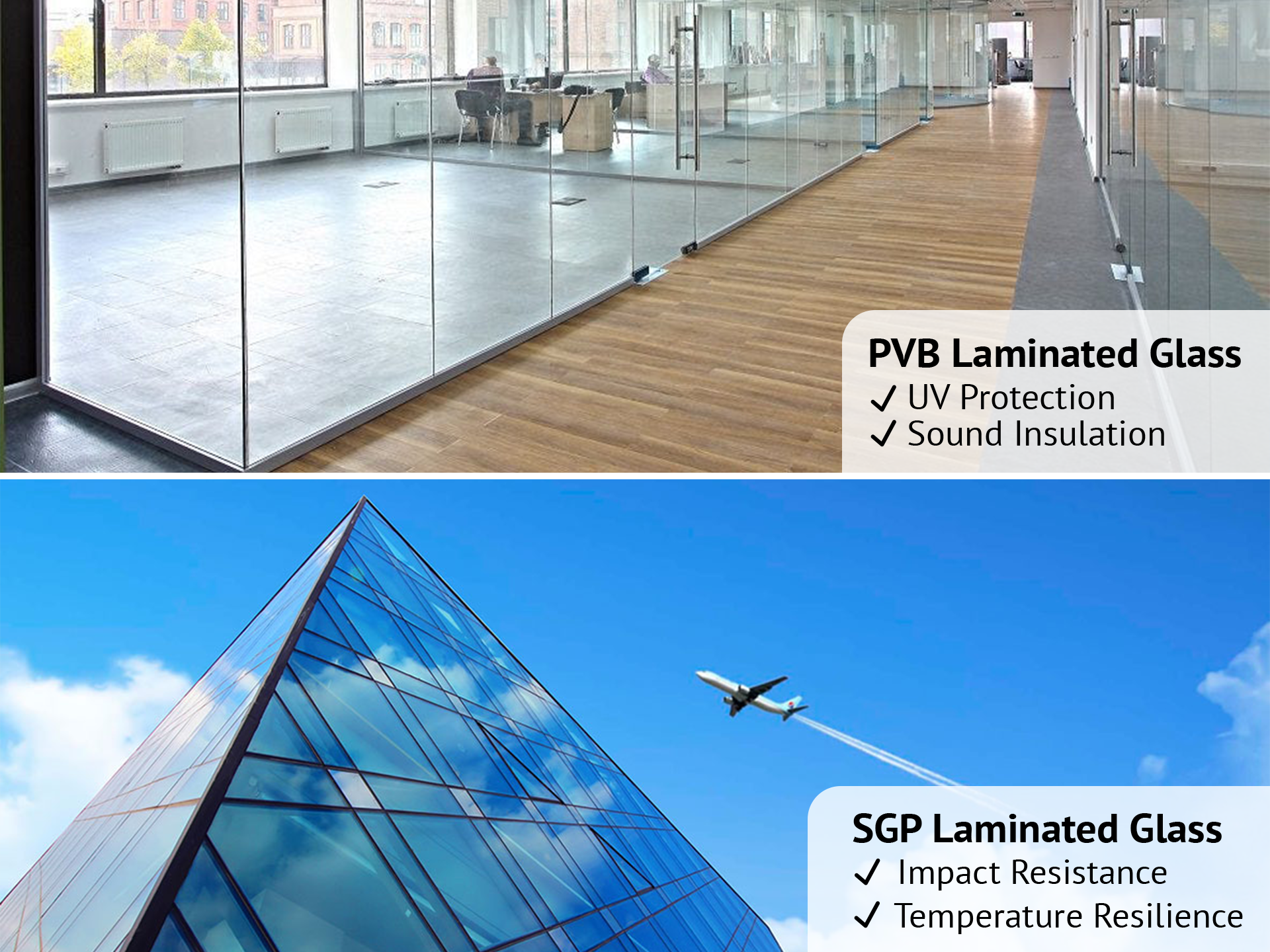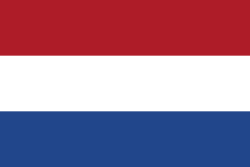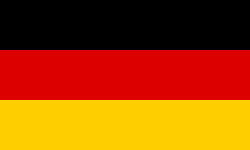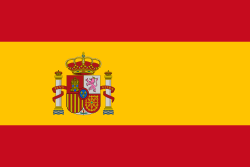Introduction
Laminated glass is a remarkable innovation in the field of safety glass, created by sandwiching a core layer of either Polyvinyl Butyral (PVB) or SentryGlas Plus (SGP) between two layers of glass. This unique construction not only enhances the durability of the glass but also significantly increases its strength compared to conventional glass. Laminated glass serves as a multifaceted shield, providing protection against harmful UV rays, disruptive noise, and potential impacts.
When sourcing windows in China, understanding the differences between PVB and SGP laminated glass is crucial. Each type offers distinct properties and advantages that cater to various needs and applications. In this comprehensive guide, we will explore the key distinctions between PVB and SGP laminated glass, covering their advantages, applications, and physical attributes, equipping you with the knowledge needed to make informed decisions for your projects.
Demystifying PVB Laminated Glass
PVB, an acronym for Polyvinyl Butyral, is a thermoplastic material that serves as the interlayer in PVB laminated glass. This transparent, flexible, and robust material thrives in high-impact scenarios and endures extreme temperatures.
The thickness of the PVB interlayer varies, usually measured in millimeters (mm). The standard thickness sits at 0.38mm, but it can go as thick as 1.52mm. The thicker the PVB interlayer, the stronger the laminated glass becomes.
Advantages of PVB Laminated Glass
- UV Protection: PVB laminated glass effectively blocks up to 99% of ultraviolet (UV) rays, protecting interiors from fading and deterioration due to sun exposure. This is especially beneficial for preserving the color and quality of furniture, flooring, and artwork.
- Sound Insulation: PVB is known for its exceptional sound-dampening qualities, which can reduce noise pollution by up to 30 decibels. This makes it ideal for use in urban environments or areas with high levels of external noise.
- Impact Resistance: In the event of breakage, the PVB interlayer holds the glass fragments together, preventing them from scattering. This not only minimizes injury risks but also maintains some degree of barrier against intrusion.
- Enhanced Security: PVB laminated glass can be engineered to resist forced entry, bullets, and even explosions. This makes it a reliable choice for applications where security is a critical concern, such as in banks, embassies, and high-security buildings.
Applications of PVB Laminated Glass
- Automotive Industry: PVB laminated glass is commonly used in car windshields, side windows, and rear windows to enhance passenger safety during collisions. The interlayer helps keep the glass intact, reducing the likelihood of injury from flying shards.
- Architectural Glazing: In buildings, PVB laminated glass is frequently employed in skylights, curtain walls, and facades to allow natural light while mitigating UV exposure and noise intrusion. It is also used in windows and doors to enhance both security and energy efficiency.
- Safety Glazing: Schools, hospitals, and public buildings often use PVB laminated glass to prevent accidental injuries and provide added security. It is particularly effective in environments where impact resistance is crucial.
- Decorative and Artistic Applications: The flexibility of the PVB interlayer allows for the creation of decorative glass with intricate designs and patterns, making it suitable for various aesthetic applications in residential and commercial spaces.

Exploring SGP Laminated Glass
SentryGlas Plus (SGP) is a newer, more advanced material used as the interlayer in laminated glass. SGP is a clear, robust, and resilient material, known for its superior performance in high-impact situations and extreme temperatures.
The thickness of the SGP interlayer varies, with the standard at 125 µm, but it can be as thick as 250 µm.
Advantages of SGP Laminated Glass
- Increased Strength: SGP laminated glass is up to five times stronger than PVB laminated glass. This allows for the use of thinner glass laminates, which are not only lighter but also offer higher levels of transparency and clarity.
- Impact Resistance: SGP laminated glass maintains its integrity even when broken, significantly enhancing safety during accidents, particularly in vehicle windows and high-risk areas.
- Temperature Resistance: SGP laminated glass performs exceptionally well in extreme temperatures, maintaining its structural integrity in both hot and cold conditions. This makes it an excellent choice for use in demanding environments.
- Enhanced Security: Like PVB, SGP laminated glass can be engineered to be bullet-resistant, bomb-resistant, and resistant to forced entry. Its higher strength and stiffness offer an additional layer of security in critical applications.
Applications of SGP Laminated Glass
- Safety Glazing: Due to its increased strength and impact resistance, SGP laminated glass is widely used in safety glazing applications, such as in skyscrapers, high-rise buildings, and public transportation systems. It provides excellent protection against wind loads, impacts, and other external forces.
- Balustrades and Handrails: SGP laminated glass is also used in balustrades, handrails, and other architectural elements where additional safety and security are required. Its strength and resilience help prevent accidents and injuries.
- Decorative and Artistic Applications: The robustness of SGP allows for the creation of more intricate and creative designs that can withstand higher levels of stress and impact, making it ideal for artistic installations and architectural features.
- Industrial Applications: In industrial settings, where strength and impact resistance are critical, SGP laminated glass is often used in machinery, equipment, and protective barriers. Its durability makes it suitable for harsh environments and heavy-duty applications.
Comparing PVB and SGP Laminated Glass
PVB and SGP laminated glass present distinct characteristics, offering diverse features for various applications. Let's conduct a side-by-side comparison based on several factors:
Physical Properties
- PVB Laminated Glass: Typically boasts a thickness of 0.38mm, offering more flexibility in design and ease of shaping. It is known for its sound insulation and UV protection capabilities.
- SGP Laminated Glass: Five times stronger than PVB laminated glass, allowing for thinner and more transparent laminates that maintain their form even in harsh conditions. It excels in temperature resistance, making it ideal for extreme weather situations.
Advantages
- PVB Laminated Glass: Excels in UV protection and sound insulation, making it suitable for applications where noise reduction and UV shielding are priorities. It is also more cost-effective compared to SGP.
- SGP Laminated Glass: Shines in increased strength, impact resistance, temperature resilience, and security features. It is particularly favored in applications that demand high safety standards, such as in military settings or high-rise buildings.
Applications
- PVB Laminated Glass: Commonly used in automotive windshields, architectural glazing, safety glazing, and decorative applications. It is particularly suitable for areas requiring UV protection and noise reduction.
- SGP Laminated Glass: Better suited for applications demanding increased strength, impact resistance, temperature resilience, and security features. It thrives in skyscrapers, high-rise buildings, and public transportation systems, as well as military settings.
Choosing the Right Laminated Glass for Your Needs
When deciding between PVB and SGP laminated glass, consider the specific requirements of your project. Factors such as safety, security, design preferences, and budget will play a crucial role in your decision-making process. Here are some guidelines to help you choose the right laminated glass for your needs:
- Assess Safety Requirements: For applications where high-impact resistance and enhanced safety are essential, such as in vehicle windows, balustrades, or public buildings, SGP laminated glass is the better choice due to its superior strength and stiffness.
- Consider Security Needs: If security is a primary concern, such as in banks, embassies, or high-security buildings, SGP laminated glass offers better protection against forced entry, bullets, and explosions.
- Evaluate Environmental Factors: In regions with extreme weather conditions, SGP laminated glass is more suitable due to its exceptional temperature resistance. However, for environments where sound insulation and UV protection are more critical, PVB laminated glass may be more appropriate.
- Factor in Design and Aesthetic Preferences: PVB laminated glass offers more flexibility in design and can accommodate a wider range of colors, patterns, and textures. If aesthetic appeal and customization are important, PVB may be the preferred option.
- Budget Considerations: PVB laminated glass is generally more cost-effective than SGP laminated glass. If budget constraints are a concern, PVB may provide a more economical solution without compromising on essential features like UV protection and sound insulation.
Concluding Thoughts
In summary, PVB and SGP laminated glass are both exceptional materials with unique properties and advantages. PVB laminated glass is ideal for applications where UV protection, sound insulation, and affordability are important, while SGP laminated glass is best suited for environments that demand maximum strength, impact resistance, and temperature resilience
SGP laminated glass is five times stronger and up to 100 times stiffer than PVB, allowing for thinner and more transparent laminates that maintain their form even in harsh conditions. It excels in temperature resistance, making it ideal for extreme weather situations. SGP also has a higher bonding ability to glass, strong tear strength, and can prevent glass from breaking and scattering. In contrast, PVB laminated glass is more flexible, softer, and has a smaller shear modulus, making it less suitable for high-performance glass curtain walls.
If you're sourcing PVB or SGP laminated glass from China, a region known for its glass manufacturing expertise, we offer a Full Sourcing Solution to cater to your comprehensive needs. We don't just provide the glass; we provide a complete range of products to make your sourcing journey smooth and successful. Contact us to explore your options.





